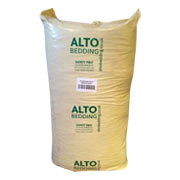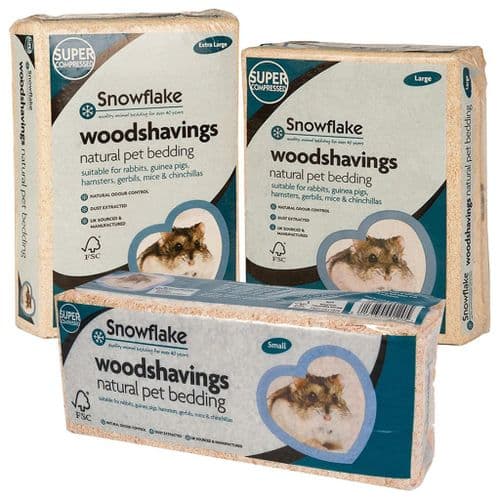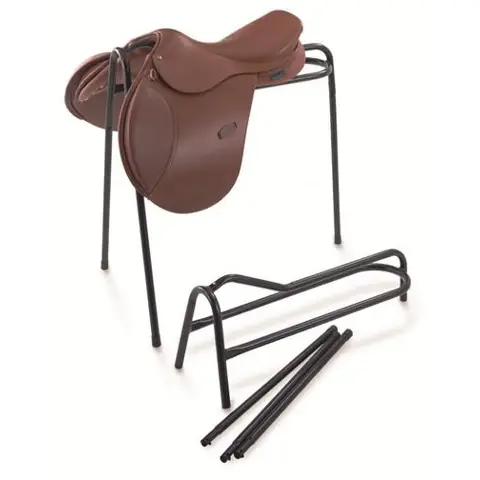Bedding Storage: Keeping Supplies Dry for Your Horse

Proper bedding storage is essential for maintaining a healthy and comfortable environment for your horse. Moisture in bedding can lead to mold, unpleasant odors, and health issues such as respiratory problems for your horse. This article explores effective strategies to keep your horse’s bedding dry and in optimal condition.
Why Keeping Bedding Dry Matters

- Prevents Mold and Mildew: Damp bedding is a breeding ground for mold and mildew, which can cause allergic reactions and respiratory issues in horses.
- Maintains Bedding Quality: Dry bedding lasts longer and provides better cushioning and insulation.
- Reduces Odors: Moisture can cause unpleasant smells that affect both horses and handlers.
Types of Bedding and Their Storage Needs

| Bedding Type | Storage Recommendations | Moisture Sensitivity |
|---|---|---|
| Straw | Store in a dry, well-ventilated area | High |
| Wood Shavings | Keep in sealed containers or bags | Medium |
| Sawdust | Use airtight bins to prevent moisture | High |
| Peat Moss | Store in moisture-proof bags | High |
| Paper Bedding | Keep dry and away from humidity | Medium |
Best Practices for Bedding Storage
- Choose the Right Location: Select a storage area that is dry, cool, and well-ventilated to prevent moisture buildup.
- Use Proper Containers: Utilize airtight bins, sealed bags, or pallets to keep bedding off damp floors.
- Elevate Bedding Supplies: Store bedding on pallets or shelves to avoid contact with ground moisture.
- Regularly Inspect Bedding: Check stored bedding for signs of dampness or mold and replace if necessary.
- Control Humidity: Use dehumidifiers or moisture absorbers in storage areas prone to high humidity.
Tips for Transporting Bedding
- Cover bedding during transport to protect from rain or snow.
- Use waterproof tarps or covers.
- Avoid loading bedding directly on wet surfaces.
Frequently Asked Questions (FAQ)
Q1: How long can I store horse bedding?
A1: Bedding can typically be stored for several months if kept dry and properly sealed. However, always check for signs of moisture or spoilage before use.
Q2: Can I store bedding outside?
A2: It’s best to avoid outdoor storage unless bedding is kept in waterproof, sealed containers and elevated off the ground.
Q3: What are the signs of damp bedding?
A3: Signs include a musty smell, visible mold, clumping, or a cold, damp feel to the bedding.
Conclusion
Maintaining dry bedding storage is crucial for your horse’s health and comfort. By following these storage tips and regularly monitoring your supplies, you can ensure a clean, safe, and pleasant environment for your horse.
Would you like me to help improve the tone or add more detailed care instructions?
